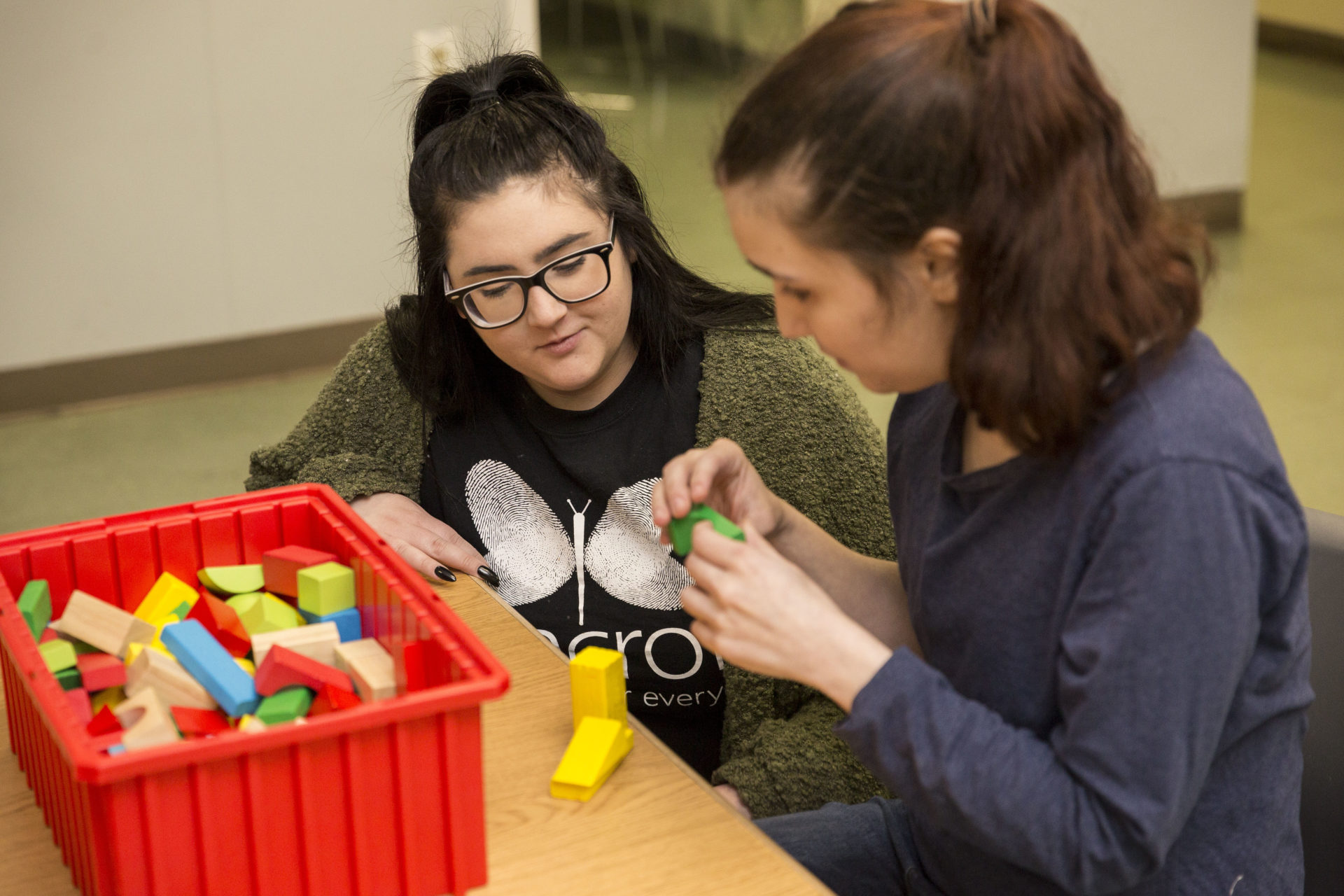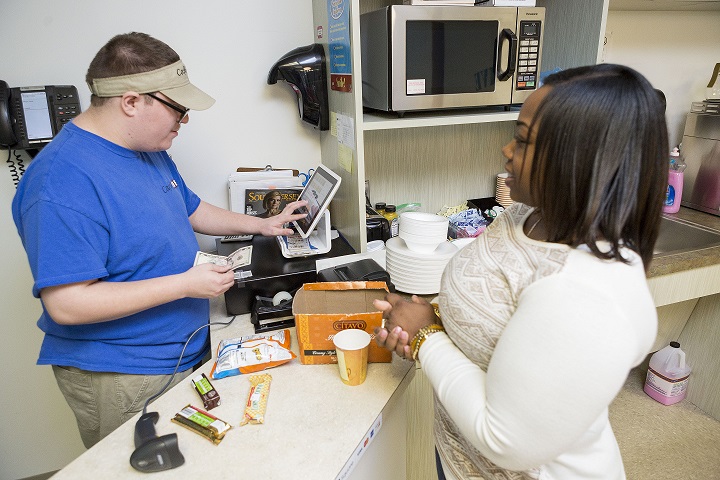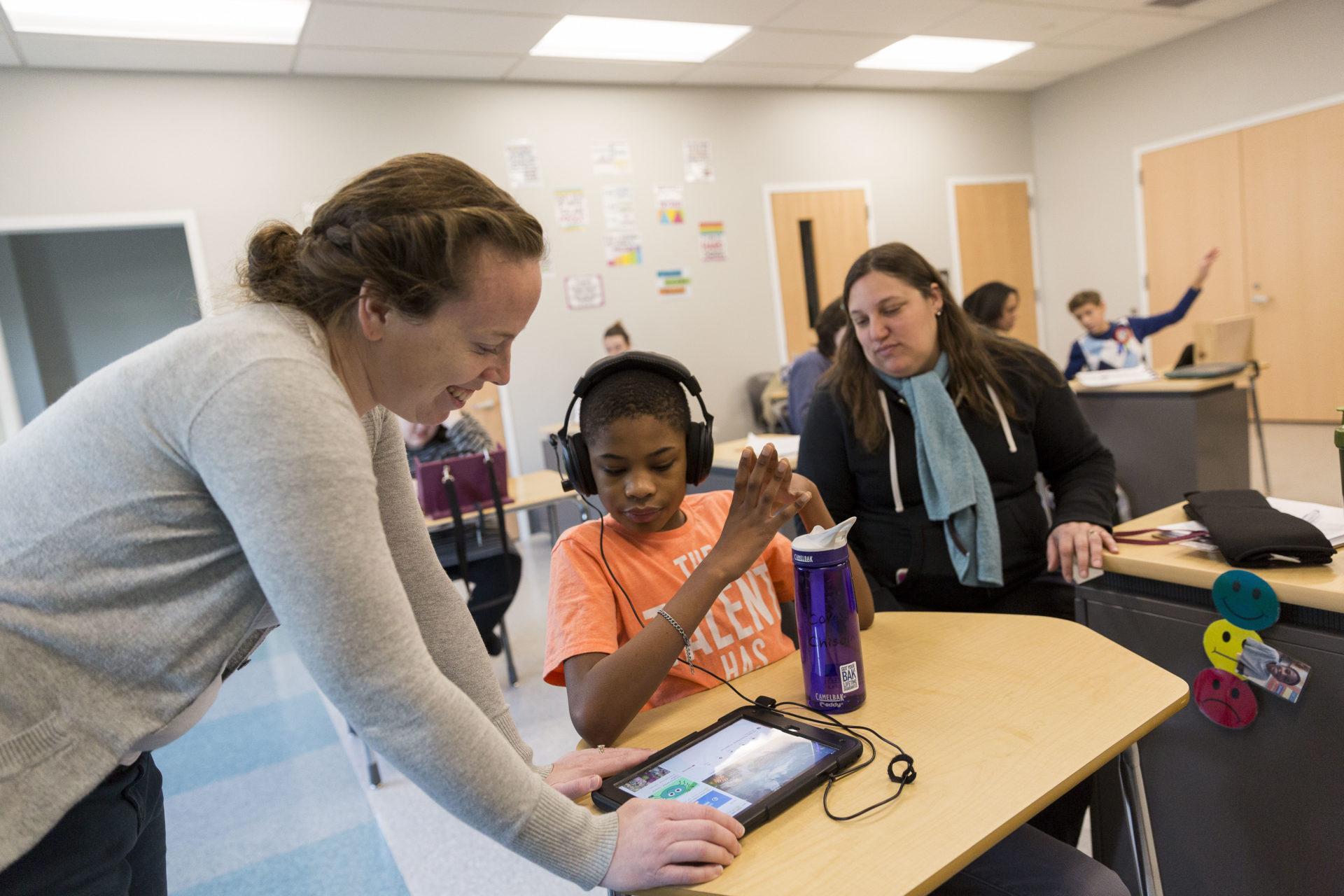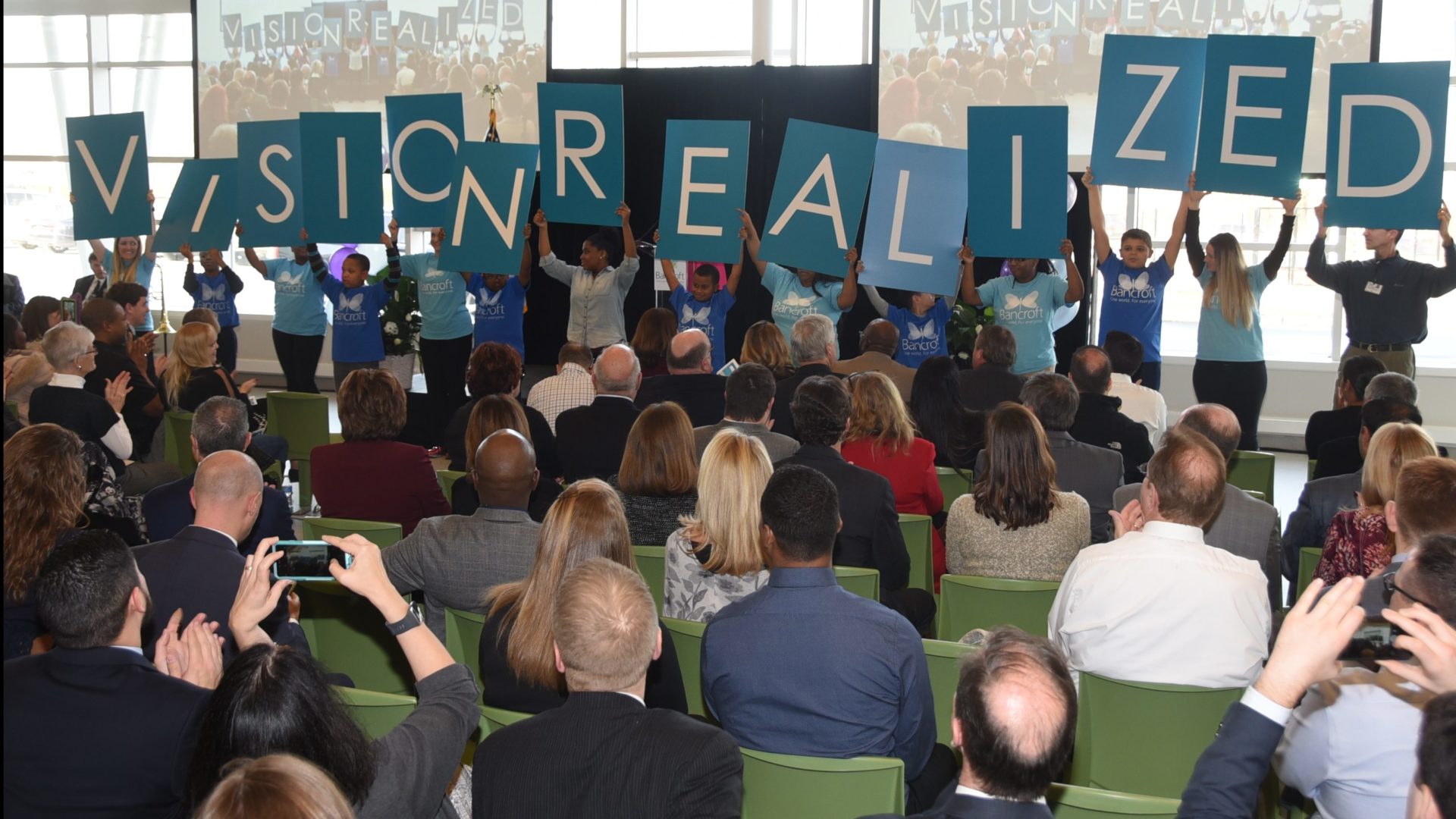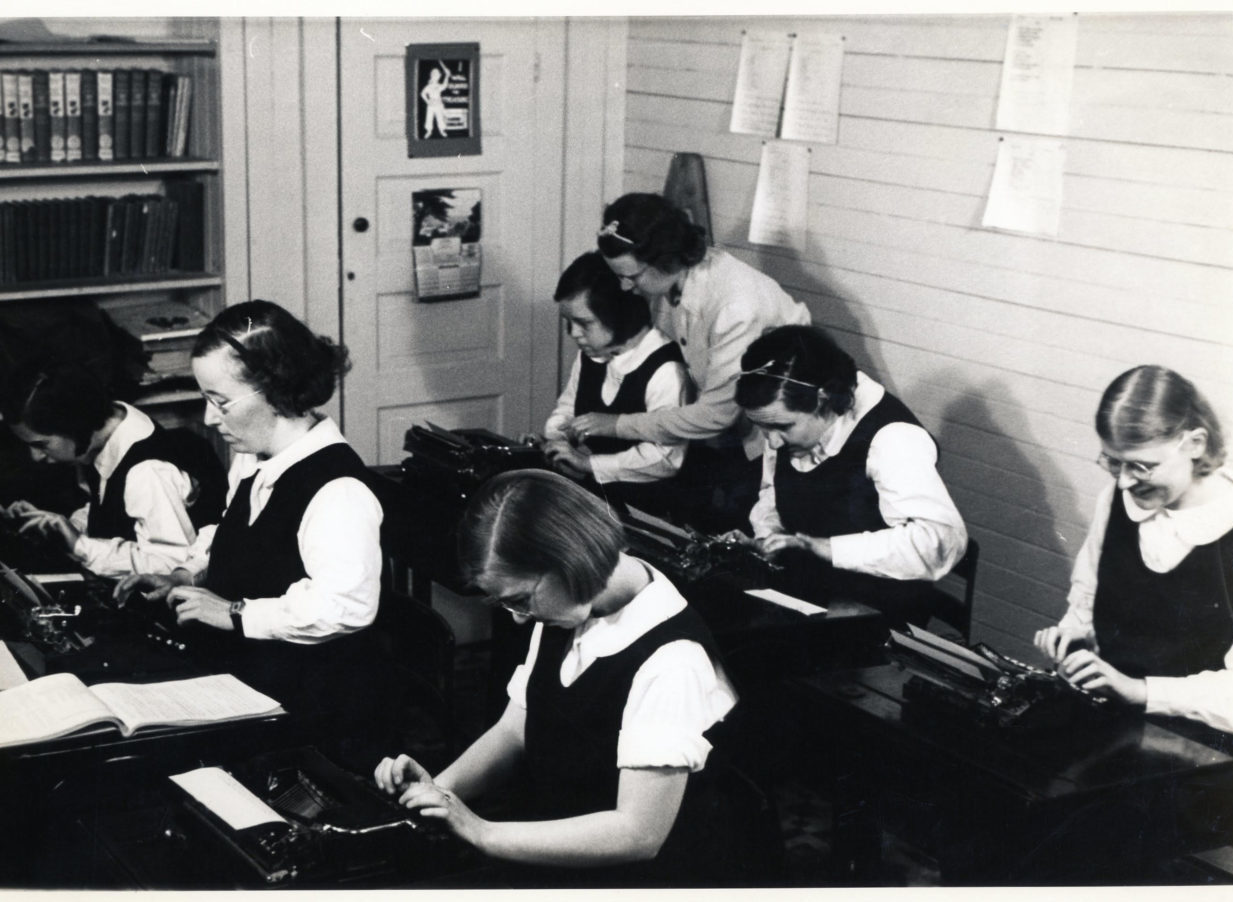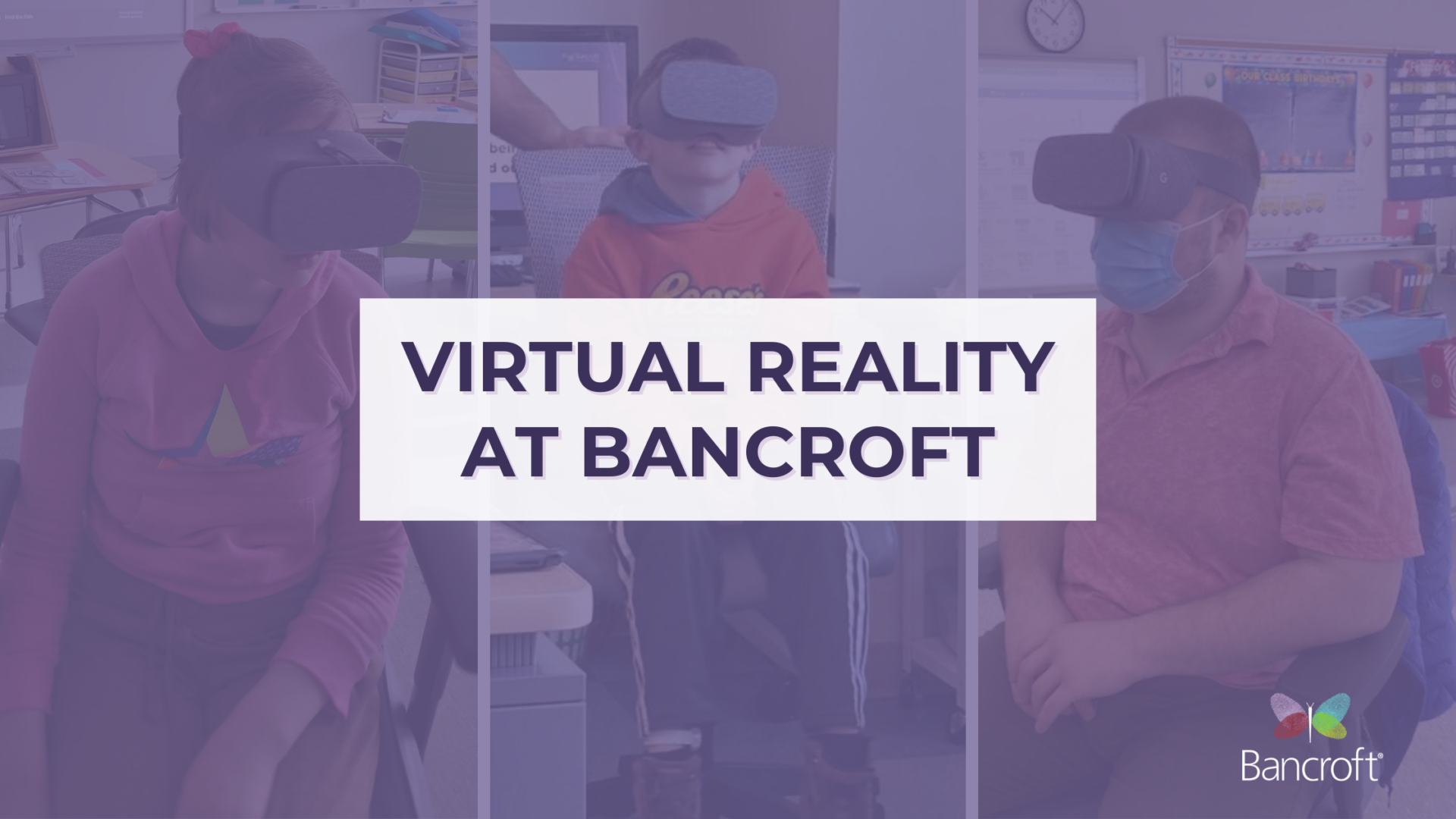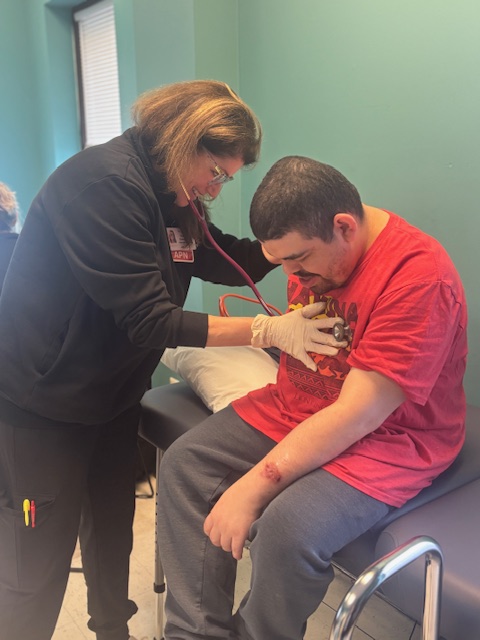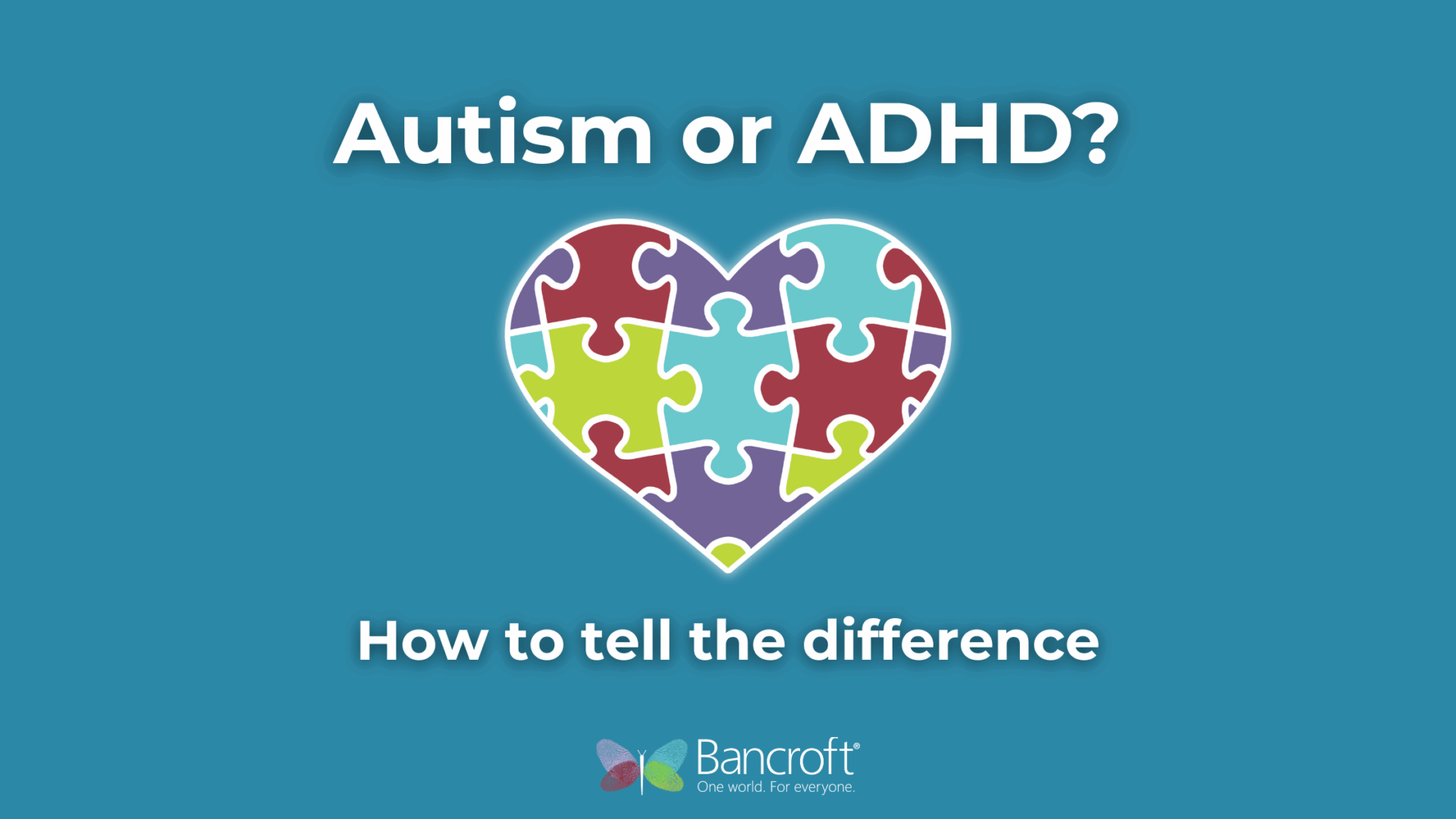For over 140 years, Bancroft has evolved alongside advancements in technology, embracing innovation to enhance the lives of those we support. Today, we continue that tradition by exploring cutting-edge solutions that foster independent living, community engagement, leisure, and therapeutic intervention.
In recent years, Virtual Reality (VR) has emerged as a promising tool for supporting therapeutic modalities for children and adults with autism and other intellectual and developmental disabilities. We initially piloted VR in 2023 and, thanks to the support of the Dolfinger-McMahon Foundation, have continued to expand access to VR across our programs.
At Bancroft, VR technology has been utilized for leisure, social engagement, exercise, and meditation. Additionally, it has been used to help build critical life skills and de-escalate unwanted behavior.
Success Stories: Real-Life Applications of VR at Bancroft
Enhancing Coping Strategies at Lindens
At Bancroft’s acute behavioral support program for children and young adults, the Lindens Neurobehavioral Program, a young man has a history of exhibiting severe challenging behaviors when denied access to specific activities. When experiencing distress, he was offered a VR headset featuring a police encounter simulation, one of his preferred experiences. The result was remarkable—he transitioned from an escalated state to a calm one, ultimately avoiding the need for external interventions. This demonstrated VR’s potential as a tool for de-escalation and crisis prevention.
Yoga in VR: A Preferred Method
A recent study conducted at Bancroft examined VR versus video modeling for yoga participation among a group of adults with autism or traumatic brain injury. When given the choice, participants overwhelmingly preferred VR, leading to increased engagement and demonstrating that VR can be a more effective and motivating tool for physical activity.
Meditation in VR: Reducing Challenging Behaviors
At Bancroft’s Lakeside Campus, which supports adults with profound autism and intellectual and developmental disabilities (I/DD), a young man who usually experiences severe agitation when he is denied access to preferred items was successfully redirected using a virtual reality aquarium meditation experience. He reported feeling better about himself afterward and expressed that he enjoyed the meditation.
Additionally, Bancroft conducted a study on a small group of adults with autism who successfully engaged in VR-guided meditation for over 85% of their sessions. One individual even requested continued access to VR meditation outside of scheduled sessions. These findings align with existing research indicating that mindfulness exercises can help reduce anxiety and improve mood.
The Future of VR at Bancroft
Due to the success of virtual reality (VR) at Bancroft, we are excited to integrate this technology further into our therapeutic and educational programs. As we continue to innovate, Bancroft remains committed to ensuring that technology meets the needs of those we support, helping to break down barriers, promote inclusion, and improve quality of life.
We believe in fair access to emerging technologies like VR and rely on our community partners to help provide that access. If you are interested in partnering with us on this or any of our other technology initiatives, please reach out to Tess Tebaldi at [email protected].



